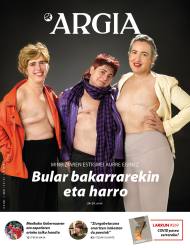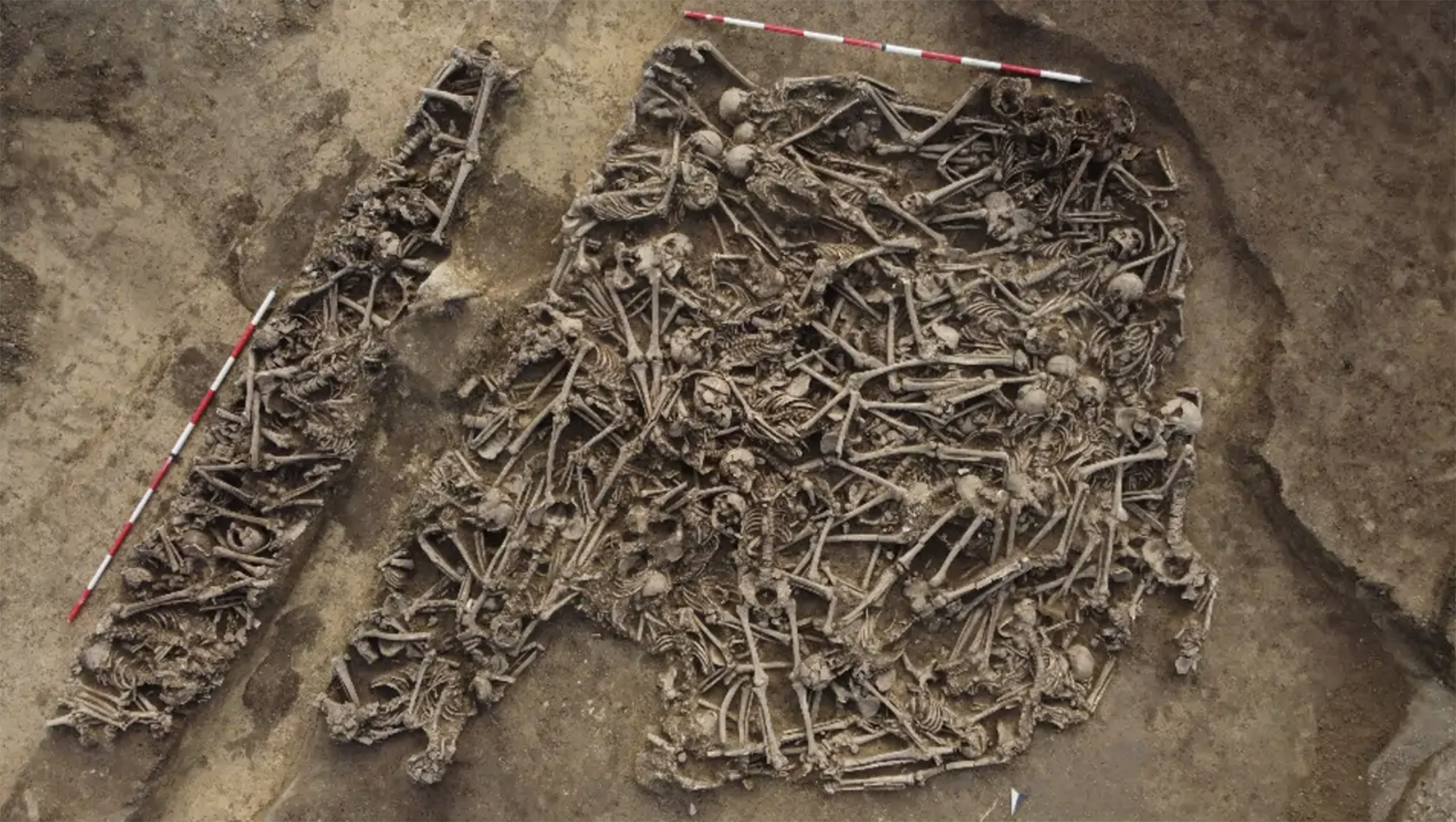Calendars or adjustment art
- Aberdeenshire (Scotland) 8,000 years ago. Humans built a megalithic monument composed of 12 stones that gathered the positions of the moon throughout the year. So this kind of lunar calendar is the oldest known calendar.

5,000 years ago in Mesopotamia they also used the lunar calendar, which divided the year into 12 cycles, but the Babylonians and Sumerians realized that it did not match the solar year, and every four years, they added a long month to sort of fix the gap.
The first solar calendar was invented by the Egyptians about 3,000 years ago. Egyptian astronomers and mathematicians calculated that the year was 365 days, and so at 12 months of 30 days they were added 5 days to complete the solar year. In addition to the ocean, the Mayans knew that the solar year lasts 365 days, and about 2,000 years ago they drew up very precise calendars, such as those they used in the Roman Republic.
a.C. Until the seventh century, they used a 10-month and 304 day schedule in Rome. Then, a further two months were added and the 355 days began to be used. When Julius Caesar travelled to Egypt, he saw that there they were using a much more precise timetable and, based on it, and adding visas for the first time, he established a more precise timetable that would be used in the West for 15 centuries.
But the Julian calendar had accumulated 10 days of lag by 1582. That is why Pope Gregory XIII commissioned and implemented a more detailed timetable. The physician and astronomer Luigi Lilio elaborated the new calendar and suggested gradually increasing the accumulated gap; instead of adding a single day in each biennium, if we add two, in 40 years the problem was already solved. But by then the pope was already dead and Gregory wanted immediate results. He decided to eat 10 days in a bite; the day after October 4, 1582 was October 15. Thus, the pope obtained at least one confession, known as the Gregorian calendar. But it also caused other problems.
Many European citizens and local authorities did not enthusiastically accept the Pontificia’s decision, as they believed they were being robbed of their time. Consequently, in some countries the new timetable was immediately implemented, but others did not update it until the twentieth century. This caused a series of vicissitudes in historical dates during the years and centuries after. For example, the writers Miguel de Cervantes and William Shakespeare share the official date of death (23 April 1616), although they did not die the same day, and according to the Gregorian calendar of November of the Bolshevik Revolution of October 1917.
And it also failed to definitively solve the problem of the mismatch, because the Gregorian year is 26 seconds longer than the astronomical year. This means that in 3323 years the one-day lag is accumulating. Astronomers have planned a far-off solution to correct this small margin: The year 4000 will not be bisiest and the year 8000 will not.
Washington, D.C., June 17, 1930. The U.S. Congress passed the Tariff Act. It is also known as the Smoot-Hawley Act because it was promoted by Senator Reed Smoot and Representative Willis Hawley.
The law raised import tax limits for about 900 products by 40% to 60% in order to... [+]
During the renovation of a sports field in the Simmering district of Vienna, a mass grave with 150 bodies was discovered in October 2024. They conclude that they were Roman legionnaires and A.D. They died around 100 years ago. Or rather, they were killed.
The bodies were buried... [+]
Until now we have believed that those in charge of copying books during the Middle Ages and before the printing press was opened were men, specifically monks of monasteries.
But a group of researchers from the University of Bergen, Norway, concludes that women also worked as... [+]
Florentzia, 1886. Carlo Collodi Le avventure de Pinocchio eleberri ezagunaren egileak zera idatzi zuen pizzari buruz: “Labean txigortutako ogi orea, gainean eskura dagoen edozer gauzaz egindako saltsa duena”. Pizza hark “zikinkeria konplexu tankera” zuela... [+]
Linear A is a Minoan script used 4,800-4,500 years ago. Recently, in the famous Knossos Palace in Crete, a special ivory object has been discovered, which was probably used as a ceremonial scepter. The object has two inscriptions; one on the handle is shorter and, like most of... [+]
Londres, 1944. Dorothy izeneko emakume bati argazkiak atera zizkioten Waterloo zubian soldatze lanak egiten ari zela. Dorothyri buruz izena beste daturik ez daukagu, baina duela hamar urte arte hori ere ez genekien. Argazki sorta 2015ean topatu zuen Christine Wall... [+]
Bilbo, 1954. Hiriko Alfer eta Gaizkileen Auzitegia homosexualen aurka jazartzen hasi zen, erregimen frankistak izen bereko legea (Ley de Vagos y Maleantes, 1933) espresuki horretarako egokitu ondoren. Frankismoak homosexualen aurka egiten zuen lehenago ere, eta 1970ean legea... [+]
Eskultura grekoerromatarrek bere garaian zuten itxurak ez du zerikusirik gaurkoarekin. Erabilitako materiala ez zuten bistan uzten. Orain badakigu kolore biziz margotzen zituztela eta jantziak eta apaingarriak ere eransten zizkietela. Bada, Cecilie Brøns Harvard... [+]
Japonia, XV. mendea. Espioitzan eta hilketa ezkutuetan espezializatutako eliteko talde militarra sortu zen. Edo horixe uste du behintzat Stephen Turnbull historialari britainiarrak. Beste aditu batzuen ustez, askoz lehenago sortu ziren ninjak, duela 2.300-2.500 urte inguru. Eta... [+]
Chão de Lamas-eko zilarrezko objektu sorta 1913an topatu zuten Coimbran (Portugal). Objektu horien artean zeltiar jatorriko zilarrezko bi ilargi zeuden. Bi ilargiak apaingarri hutsak zirela uste izan dute orain arte. Baina, berriki, adituek ilargietan egin zituzten motibo... [+]
Hertfordshire (Ingalaterra), 1543. Henrike VIII.a erregearen eta Ana Bolenaren alaba Elisabet hil omen zen Hatfield jauregian, 10 urte besterik ez zituela, sukarrak jota hainbat aste eman ondoren. Kat Ashley eta Thomas Parry zaintzaileek, izututa, irtenbide bitxia topatu omen... [+]
Luxorren, Erregeen Haranetik gertu, hilobi garrantzitsu baten sarrera eta pasabide nagusia aurkitu zituzten 2022an. Orain, alabastrozko objektu batean Tutmosis II.aren kartutxoa topatu dute (irudian). Horrek esan nahi du hilobi hori XVIII. dinastiako faraoiarena... [+]
AEB, 1900eko azaroaren 6a. William McKinley (1843-1901) bigarrenez aukeratu zuten AEBetako presidente. Berriki, Donald Trump ere bigarrenez presidente aukeratu ondoren, McKinleyrekiko miresmen garbia agertu du.
Horregatik, AEBetako mendirik altuenari ofizialki berriro... [+]
Urruña, 1750eko martxoaren 1a. Herriko hainbat emakumek kaleak hartu zituzten Frantziako Gobernuak ezarritako tabakoaren gaineko zergaren aurka protesta egiteko. Gobernuak matxinada itzaltzeko armada bidaltzea erabaki zuen, zehazki, Arloneko destakamentu bat. Militarrek... [+]
In the Maszycka cave in Poland, remains of 18,000 years ago were found at the end of the 19th century. But recently, human bones have been studied using new technologies and found clear signs of cannibalism.
This is not the first time that a study has reached this conclusion,... [+]

























